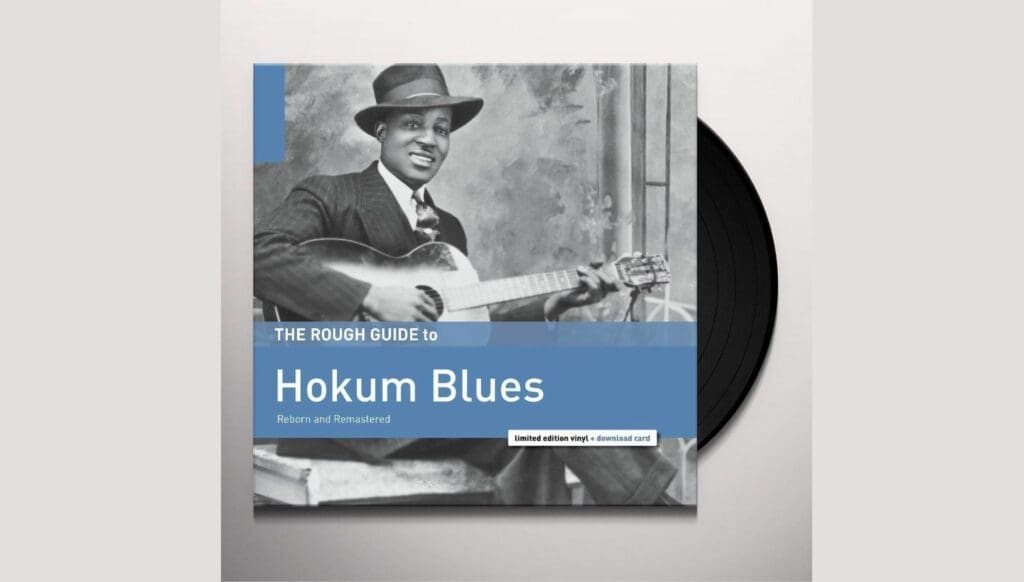
Hokum Blues is a style of blues music that emerged in the 1920s and was popularized in the early 1930s. It is characterized by its humorous and often risqué lyrics, as well as its use of playful instrumentation and vocal delivery. Hokum Blues was a form of entertainment for audiences during a time of economic hardship and social change in the African American diaspora, and it continues to be appreciated for its lively and irreverent spirit.
History Of Hokum Blues
The origins of the hokum craze can be traced back to the vaudeville and minstrel shows of the late 19th and early 20th centuries. These shows often featured comedic skits and musical performances that relied on sexual innuendo and double entendres for their humor. As blues music became more popular in the 1920s, many blues musicians began incorporating these same elements into their songs.
Hokum blues lyrics often dealt with taboo subjects such as sex, alcohol, and drugs, and were delivered in a playful and lighthearted manner. Many songs of this genre featured call-and-response vocals, with the singer and audience trading off lines and verses. The music itself was typically upbeat and danceable, with a strong emphasis on rhythm and percussion.
Despite its sometimes controversial subject matter, hokum blues was immensely popular during its heyday. Many of the genre’s biggest hits, such as “Let Me Play with Your Poodle” by Tampa Red and “Shave ‘Em Dry” by Lucille Bogan, remain popular to this day. Hokum blues also had a significant influence on later genres such as rock and roll and rhythm and blues.
In recent years, hokum blues has experienced a resurgence in popularity, with a number of contemporary artists incorporating elements of the genre into their music. While some critics have dismissed hokum blues as crude or vulgar, others argue that it represents an important and often overlooked aspect of blues history.
Best Hokum Blues Artists
Here are some of the best Hokum blues artists of all time:
1. Tampa Red – Known as the “Guitar Wizard,” Tampa Red was one of the most influential Hokum blues artists of the 1930s. His signature slide guitar playing and witty lyrics made him a favorite among audiences of the era.
2. Georgia Tom – Georgia Tom was a pianist and singer who was best known for his collaborations with Tampa Red. Together, they recorded some of the most popular Hokum blues songs of the 1930s, including “Tight Like That” and “It’s Tight Like That.”
3. Hokum Boys – The Hokum Boys were a popular American musical group in the 1920s and 1930s, known for their lively and humorous performances. They played a style of music called Hokum, which blended blues, jazz, and ragtime with bawdy lyrics and double entendres. The group consisted of various musicians over the years, including Georgia Tom Dorsey, Tampa Red, and Big Bill Broonzy.
4. Big Bill Broonzy – Big Bill Broonzy was a versatile musician who played everything from country blues to jazz. His Hokum blues recordings, such as “Keep Your Hands Off Her,” showcased his playful side and helped to popularize the genre.
5. Memphis Minnie – Memphis Minnie was another female Hokum blues artist who made a name for herself in the 1930s. Her powerful voice and impressive guitar skills made her a force to be reckoned with, and her songs, such as “Me and My Chauffeur Blues,” are still beloved by fans of the genre today.
The Genre Today
Although the music genre is not as widely recognized today as other forms of blues music, its influence can still be heard in modern music. Many contemporary blues artists incorporate elements of Hokum Blues into their music, such as the use of humor and double entendres in their lyrics.
One example of a modern artist who draws inspiration from Hokum Blues is C.W. Stoneking, an Australian musician who has been described as a “modern-day Hokum Bluesman.” Stoneking’s music incorporates elements of early blues, ragtime, and jazz, and he often performs in vintage clothing and with antique instruments to create an authentic sound.
Another modern artist who has been influenced by the genre is Pokey LaFarge, an American musician who blends elements of early jazz, swing, and blues into his music. LaFarge’s lyrics often contain playful, tongue-in-cheek references to sex and romance, reminiscent of the humor found in Hokum Blues.
Closing Thoughts
In conclusion, Hokum Blues was a lively and playful genre that emerged in the early 20th century, characterized by its risqué lyrics, double entendres, and upbeat rhythms. While it may have fallen out of favor in the mainstream, its influence can still be heard in modern blues and rock music.









